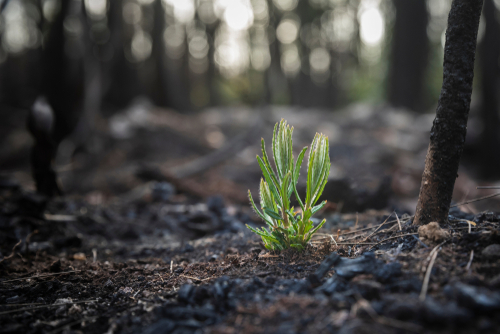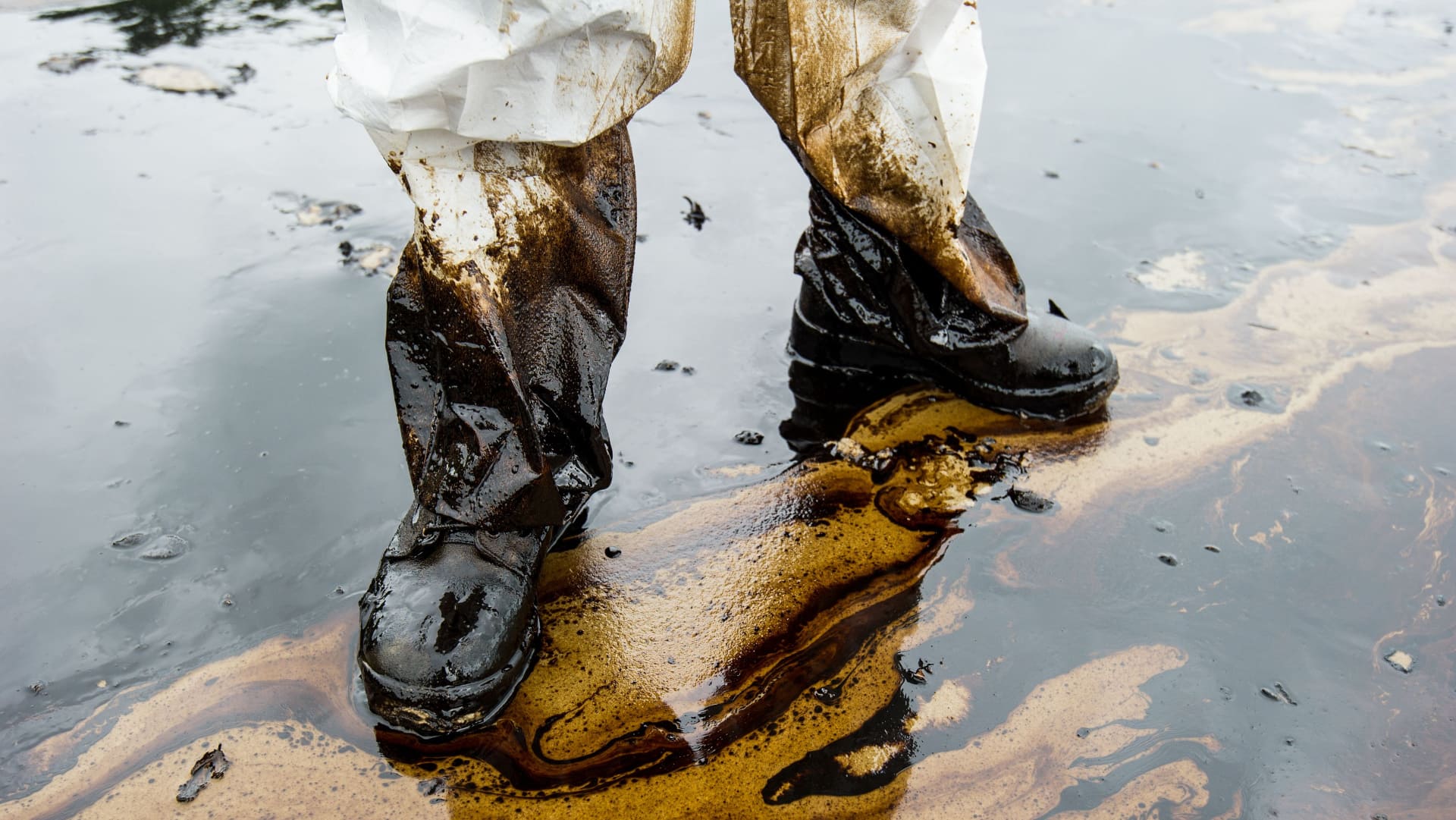Restoring the Balance | Environmental Remediation
Environmental concerns are now at the forefront of global discourse, as we look into our fascinating future. As we grapple with the consequences of industrialization and human activity, the need for innovative and effective environmental solutions like environmental waste disposal and other services we offer has never been greater. And that’s where environmental remediation plays a crucial role.
It’s not just about cleaning up; it’s about restoring balance to our ecosystems and safeguarding our planet for future generations. It’s not just about the future, either: our current world desperately need balance, and the sooner we can repair the damage, the sooner we can devote ourselves to building a brighter future.
A Growing Need for Environmental Remediation
Environmental remediation is the process of removing pollution or contaminants from environmental media such as soil, groundwater, sediment, or surface water. This is essential for protecting human health and preserving the natural environment.
As industrial activities expand, so does potential environmental damage. From oil spills to chemical leaks, the impacts can be catastrophic — not just for the immediate environment, but for the wider ecosystem.
Successful Global Projects
Numerous successful remediation projects across the globe serve as beacons of hope and exemplify the potential of human ingenuity in reversing environmental damage.
One notable example is the restoration of the Chesapeake Bay in the U. S., which was plagued by pollution and eutrophication, which is the excessive richness of nutrients, often due to runoff, that causes dense plant life to spring up and choke vulnerable animal life.
Concerted efforts including reducing agricultural runoff, improving sewage treatment, and restoring wetlands have significantly improved water quality and revived marine life.
Another inspiring example is the cleanup of the River Thames in the UK. Once declared “biologically dead,” the Thames is now thriving with wildlife, thanks to strict pollution controls and continuous monitoring.
With the right approach, it’s possible to reverse even severe environmental damage.
Advanced Technology
Advancements in technology have significantly enhanced our capability to address complex environmental issues.
- Bioremediation uses biological organisms to break down pollutants into less harmful substances.
- Phytoremediation uses plants to absorb or contain contaminants.
These technologies and others offer more effective solutions and are often more sustainable and cost-effective besides.
Leading the Charge in Remediation
At TAS Environmental Services, we understand the critical nature of these environmental challenges. Our seasoned expertise and unwavering dedication empower us to be at the forefront of remediation projects that span many areas. Our approach is not just about remediation; it’s about restoring ecological balance and ensuring sustainability.
We employ various advanced technologies and methodologies tailored to each unique environment and situation. Our team can handle the challenge, whether it’s a small-scale soil contamination issue or a large-scale industrial spill.
Join TAS Environmental in Making a Difference
Environmental remediation is a shared responsibility. It’s about communities, businesses, and individuals coming together to protect our planet. We’re committed to leading this charge at TAS Environmental Services, but we can’t do it alone.
We invite you to join us in this crucial endeavor. Whether you’re a business seeking to mitigate environmental risks, a community facing ecological challenges, or an individual passionate about conservation, your role is essential. Together, we can restore balance and ensure a healthier, more sustainable future for our planet.
Contact us today to learn more about our commitment to environmental preservation.


